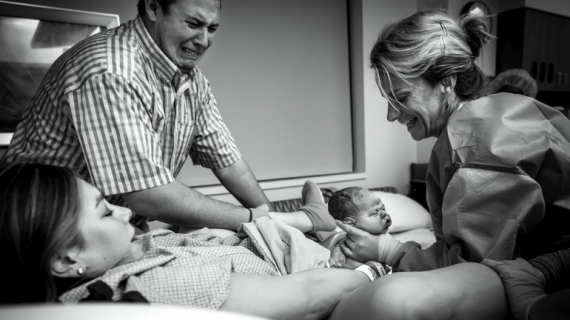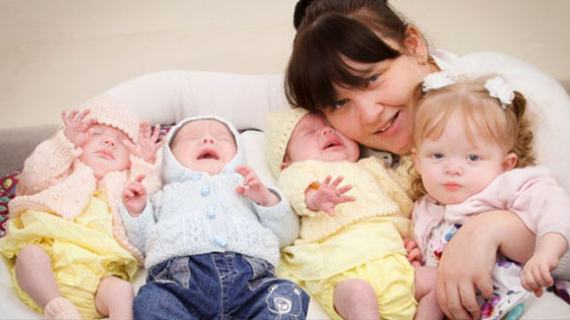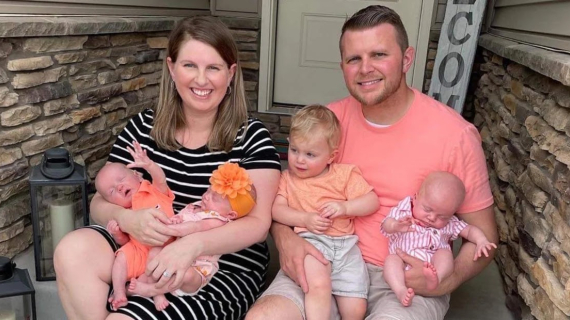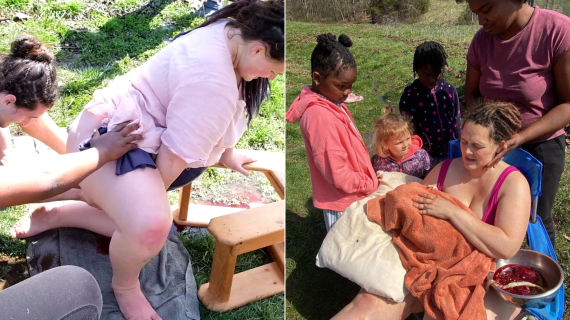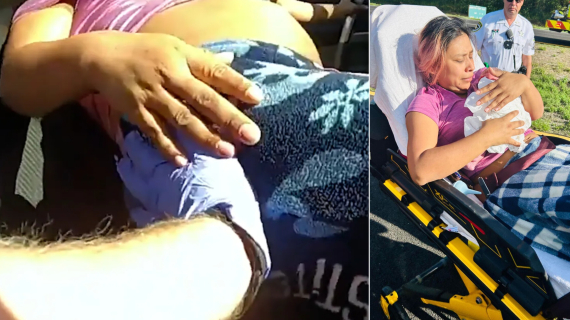I Ate My Own Placenta & Stored It In A Plastic Pot – My Husband Thought I Was Crazy But I Absolutely Loved It
AS I packed my hospital bag ahead of the birth of my second baby in 2013, there was something I was determined to fit in there alongside those newborn sleepsuits and sugary snacks to get me through labour.
A 3-litre plastic container I’d used for my lasagne leftovers a couple of weeks earlier.

